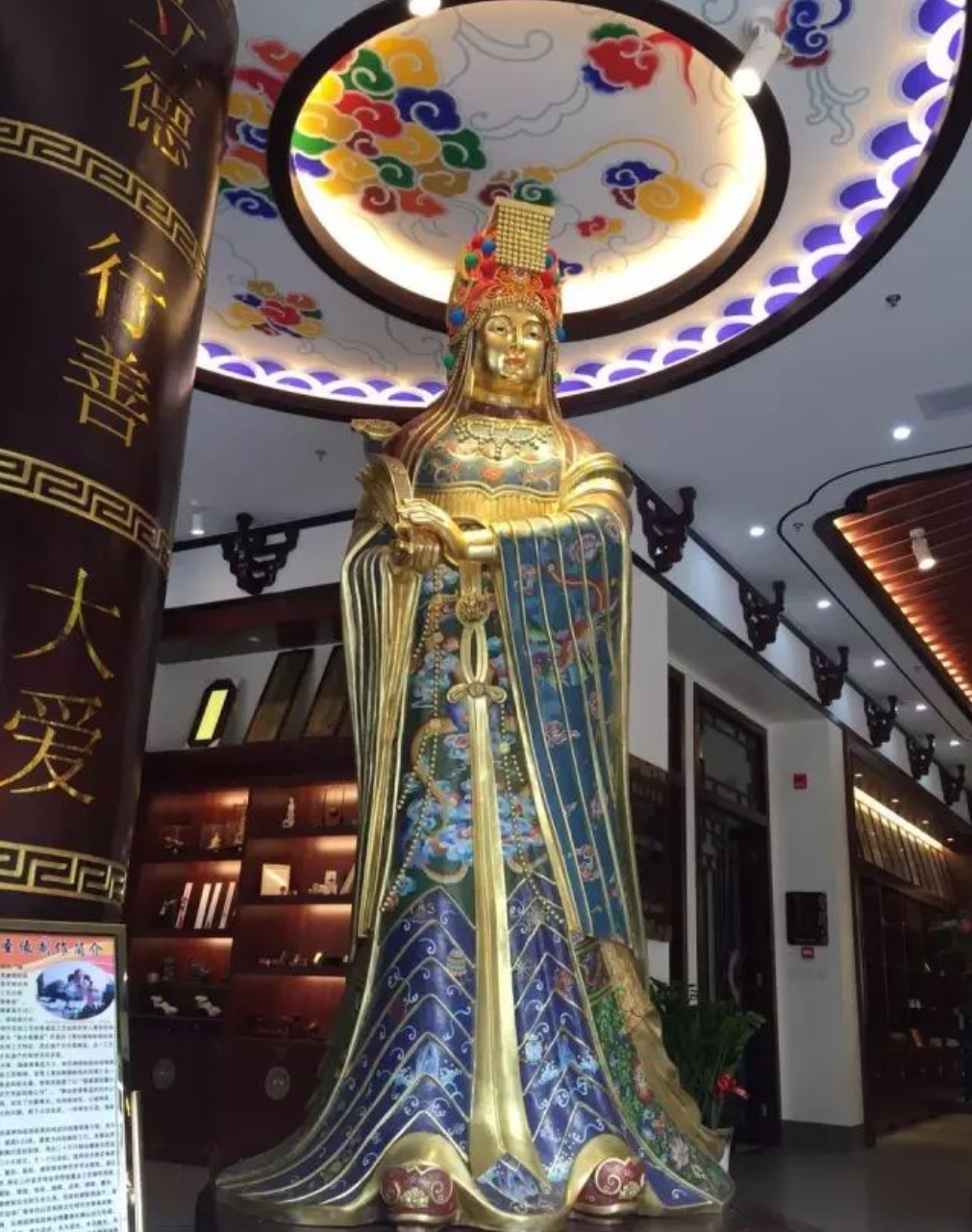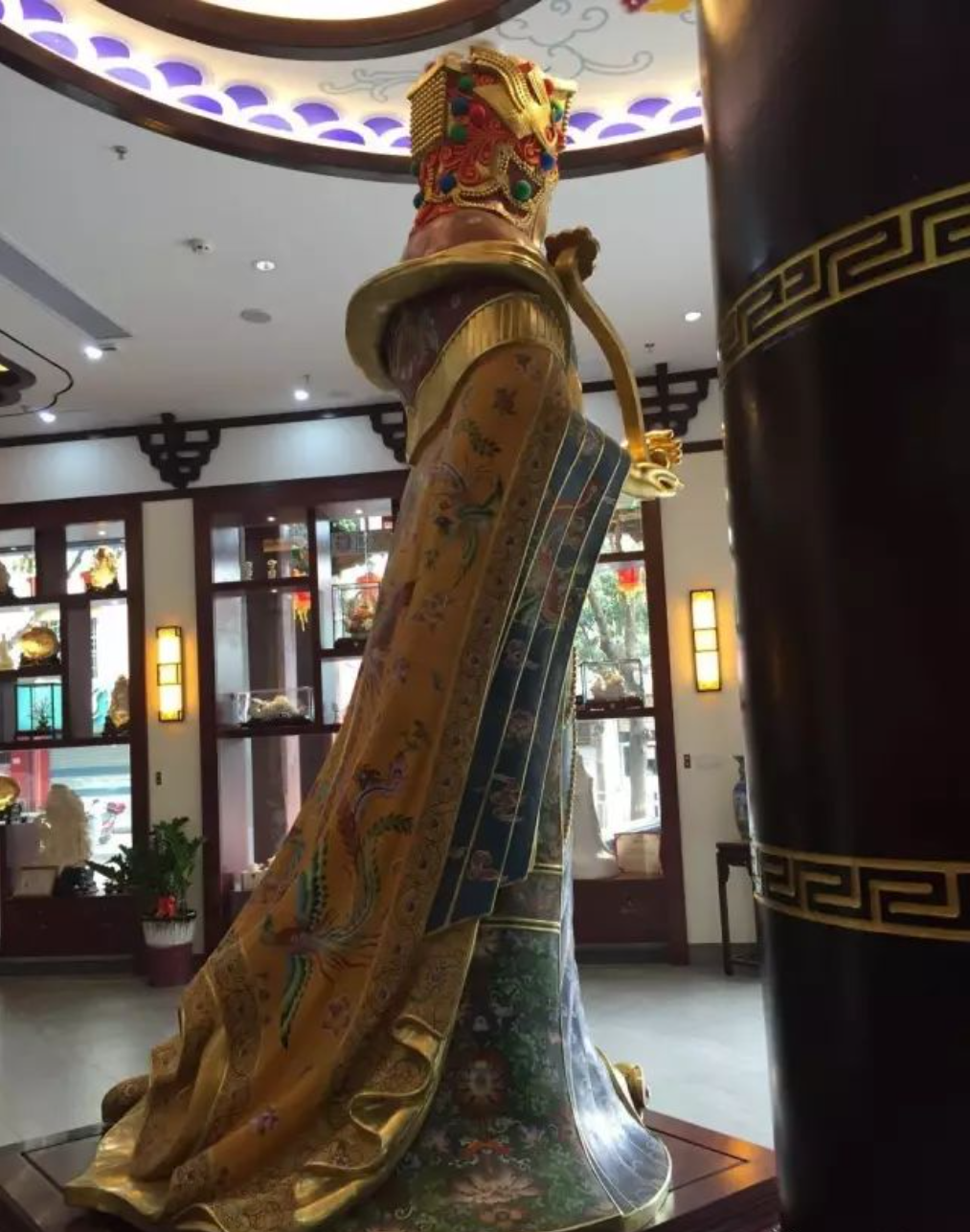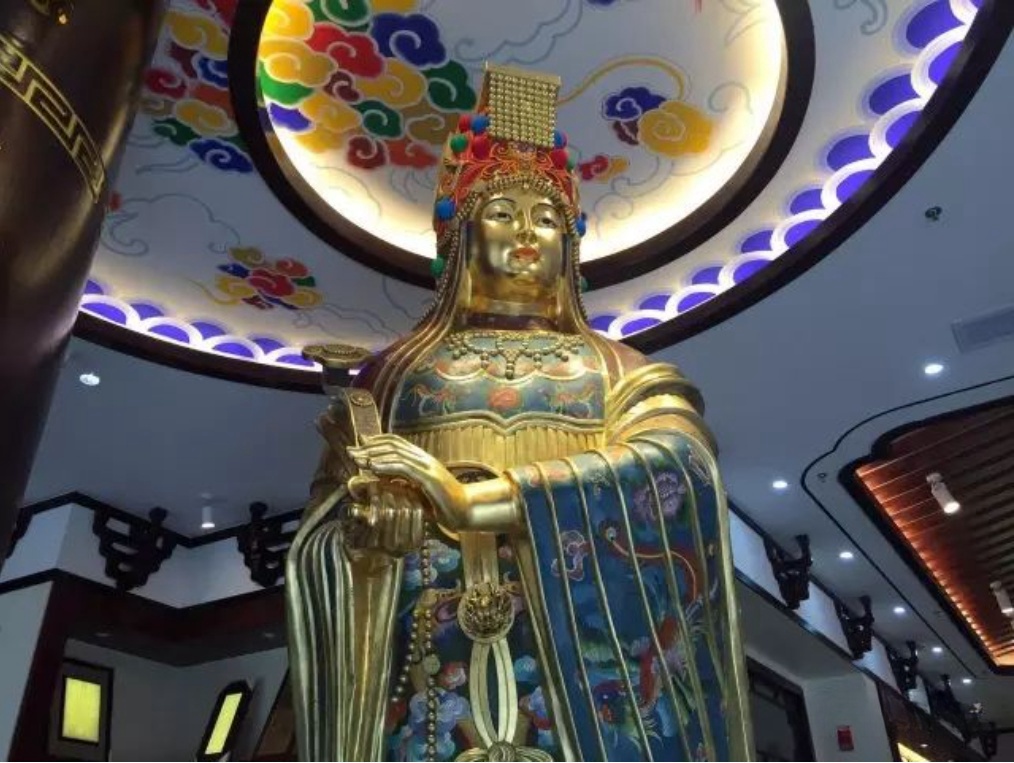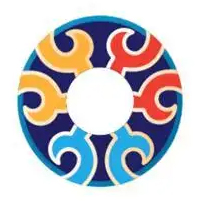China's Jingdezhen blue-and-white porcelain Mazu statue applies for the Guinness World Records.




On the 1057th anniversary of the birth of Mazu, Lin Hui, the fifth-generation inheritor of the Lin family's copper casting and enamel artistry, announced that his creation, a large-scale cloisonné Mazu statue, has officially applied for the Guinness World Record. The relevant application materials have been sent to the British Guinness headquarters' agency in China.
Cloisonné, also known as copper casting and enamel artistry, originated in the 12th century BC and was popular in Europe and West Asia. After the art of enamel was introduced to China and influenced by Chinese culture, it gradually formed copper casting and enamel objects with Chinese cultural characteristics.
Lin Hui admitted that cloisonné artworks are mainly crafted by hand. It is said that "one cloisonné takes hundreds of days to make". The process of cloisonné artistry involves several dozen steps, including design, sculpture, mold making, casting, waxing, and more.
This Mazu statue, weighing over 500 kilograms, is made of purple copper for its body. It is decorated with nearly 200,000 pieces of copper wire, depicting four dragons and ten phoenixes, over forty peonies, five lotus flowers, eighteen butterflies, twenty clouds, and millions of cloud patterns. It is coated with enamel made from pure natural mineral materials, which are fired in the kiln eight times to achieve a colorful effect. Finally, over 3000 grams of pure gold are used to create traditional gilding.

